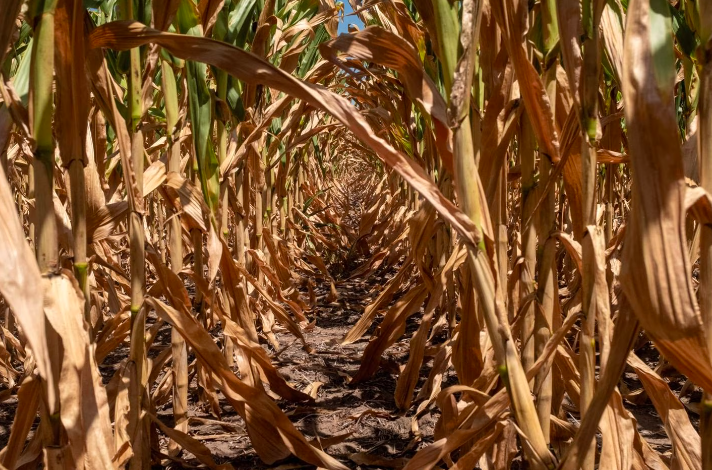By Fátima Romero
In the border region of El Salvador, Guatemala, and Honduras, it is estimated that from June to September 2023, some 133,000 people will be in an acute food insecurity crisis or emergency.
This period, historically called “seasonal hunger”, refers to the fact that basic grain reserves will have been depleted and sources of employment will be substantially reduced.
The Ch’orti’ micro-region, made up of municipalities in Chiquimula, Guatemala, will be the most affected, reveals the analysis conducted by the Information Systems Program for Resilience in Food and Nutritional Security in the Central American Integration System Region (PROGRESAN-SICA).

According to weather forecasts, the probability of reduced and irregular rainfall due to the El Niño phenomenon ranges between 50 and 60% in this agricultural planting period.
In addition to the high cost of agricultural inputs, this will cause a reduction in planting intentions, mainly in corn and beans, and lower investment in coffee cultivation.
In addition, the main causes that will aggravate acute food insecurity are the sustained rise in food prices and fuel and transportation costs.
The total population analyzed was 525,000 inhabitants of 20 municipalities that make up the micro-regions of Cayaguanca in El Salvador, Ch’orti’ and Güija in Guatemala, and Ocotepeque in Honduras.
DEMAND FOR AGRICULTURAL LABOR
The second PROGRESAN projection, from October 2023 to January 2024, corresponds to a period of greater abundance due to the activation of the demand for labor in crops such as coffee, onions, melons, and basic grains, which would lead to an increase in the income of agricultural day laborers.
In addition, the corn and bean harvest will allow for renewing the reserves of these basic grains, according to the analysis.
However, a reduction in the demand for labor is expected due to lower levels of agricultural production, compared to previous years, due to the reduction in sowing areas and the reduction and irregularity of rainfall due to the effects of the El Niño phenomenon.
This, added to high food prices, would allow only a slight improvement in food access and availability.
19% of the population analyzed, some 102,000 people, would be in a food crisis or emergency.
The analysis recommends activating the immediate social protection response in populations in crisis or emergency to save lives, reduce food consumption gaps and protect livelihoods.
To do this, it will be necessary to target populations vulnerable to acute food insecurity at the municipal level, which meet characteristics such as depletion of their reserves and employment.
With information from Bloomberg

